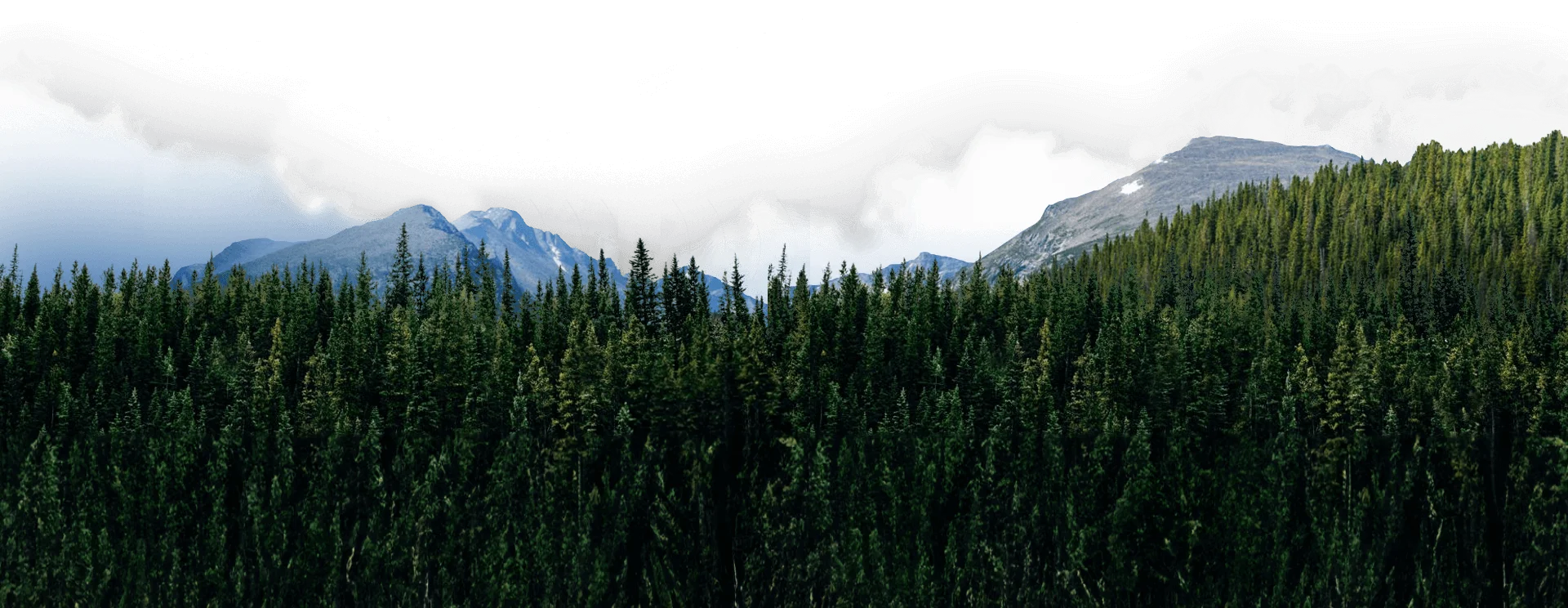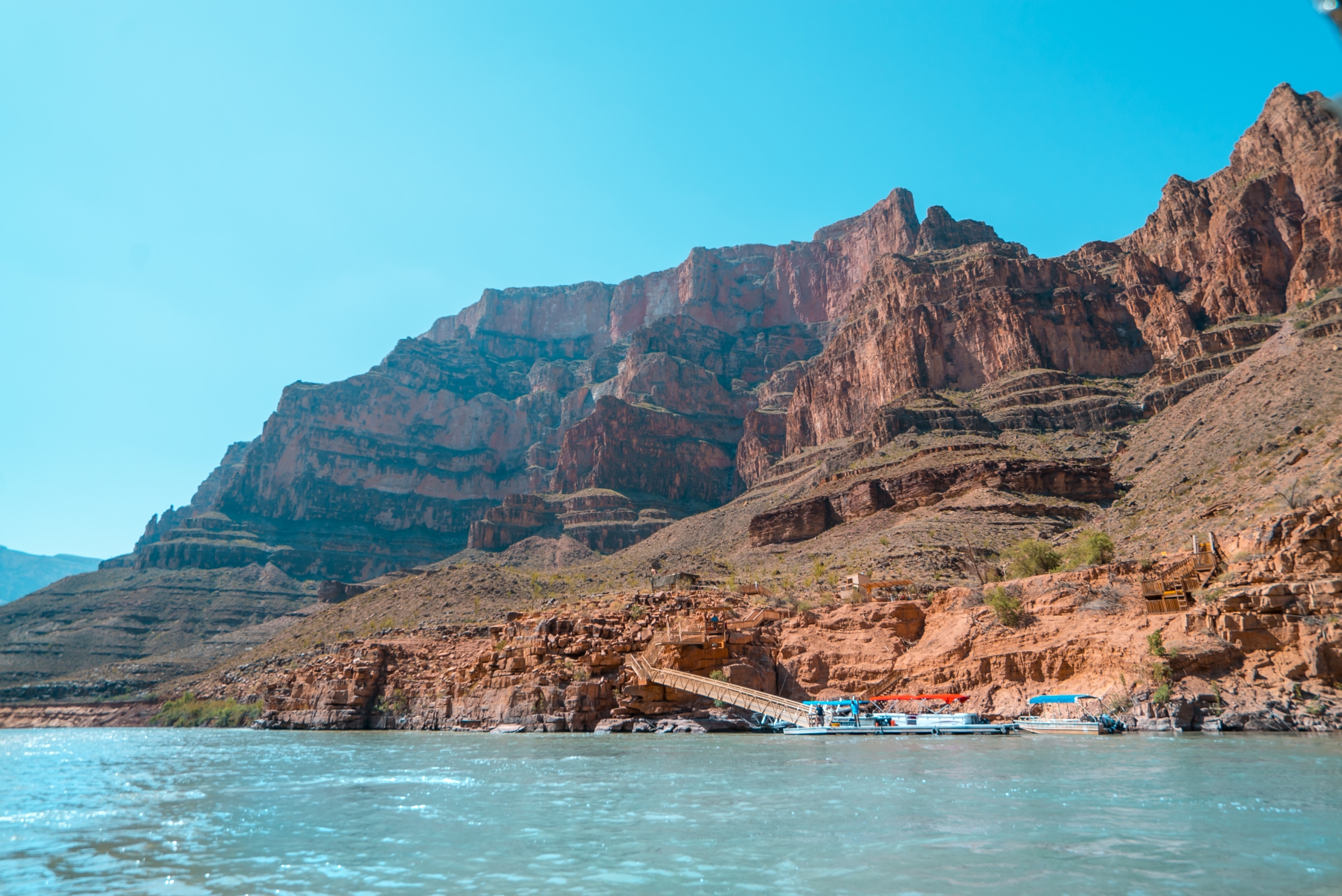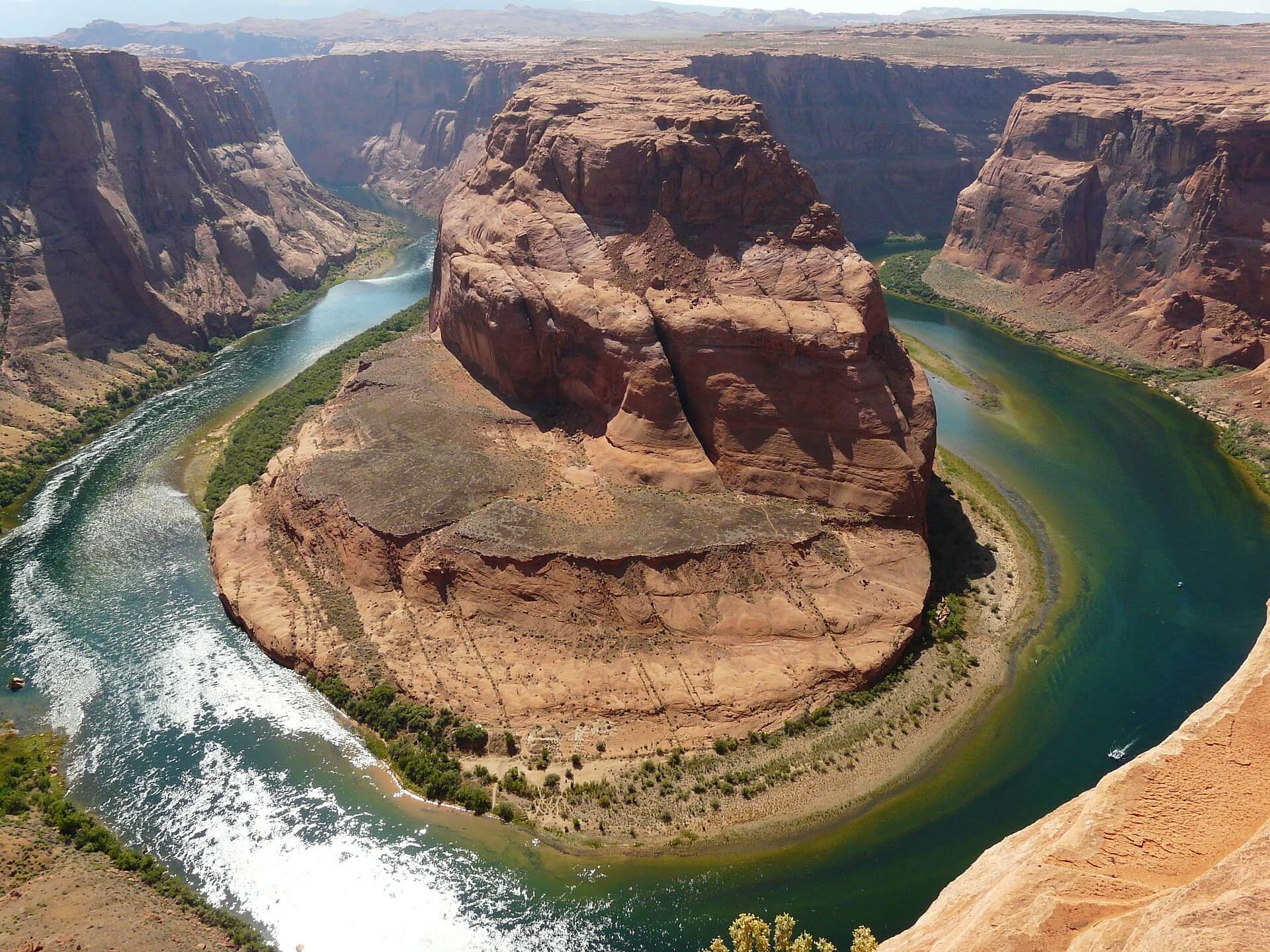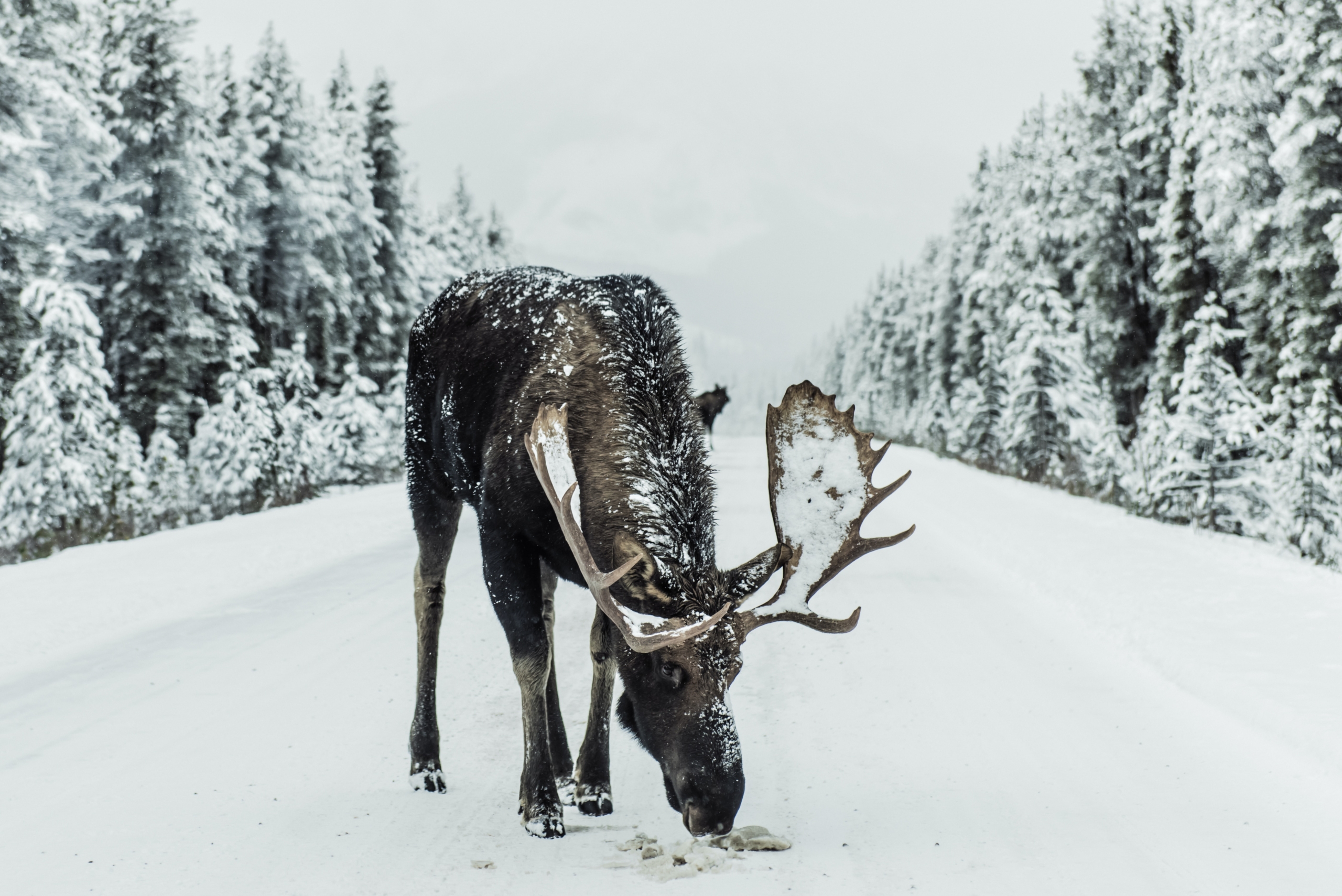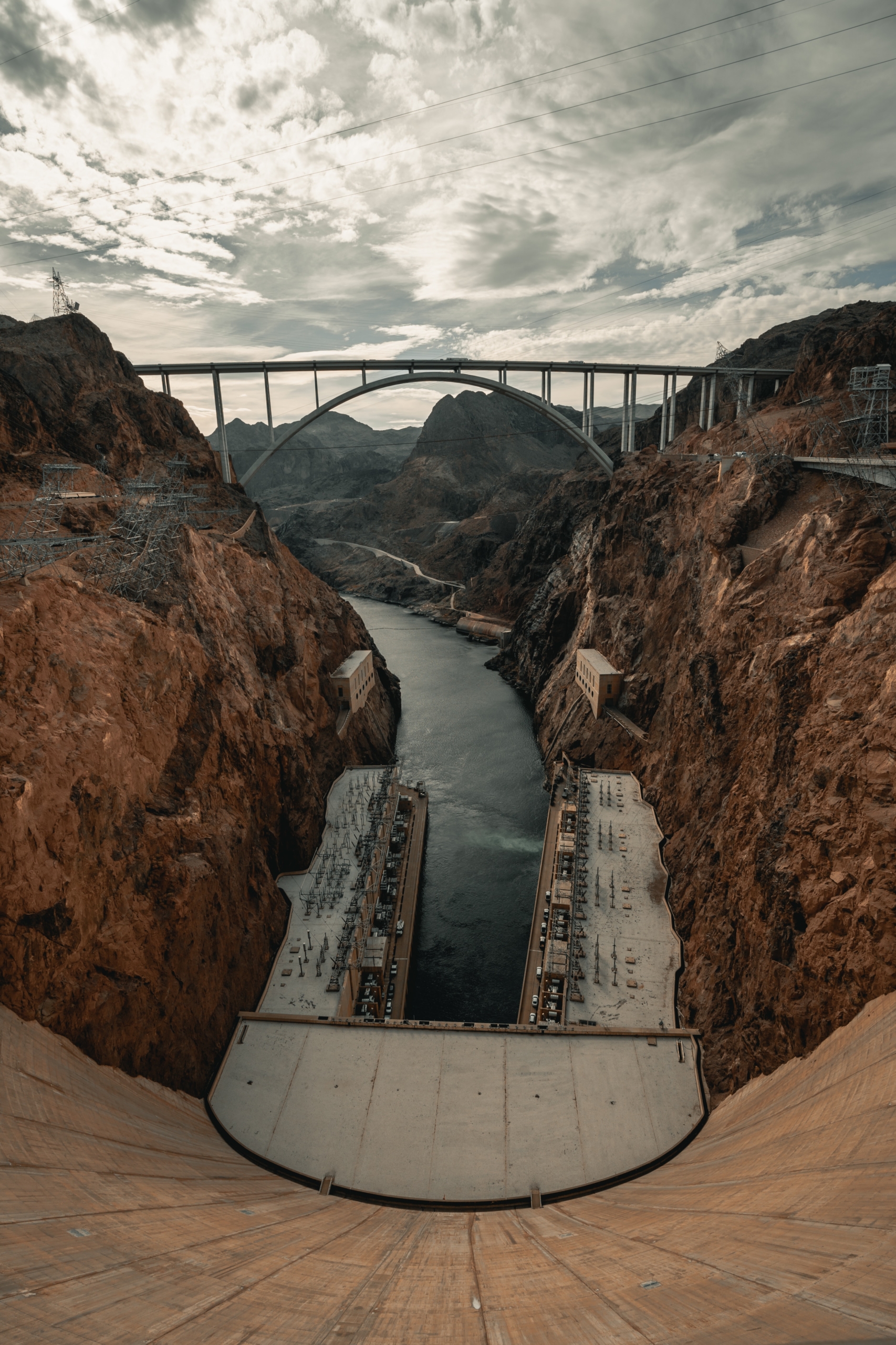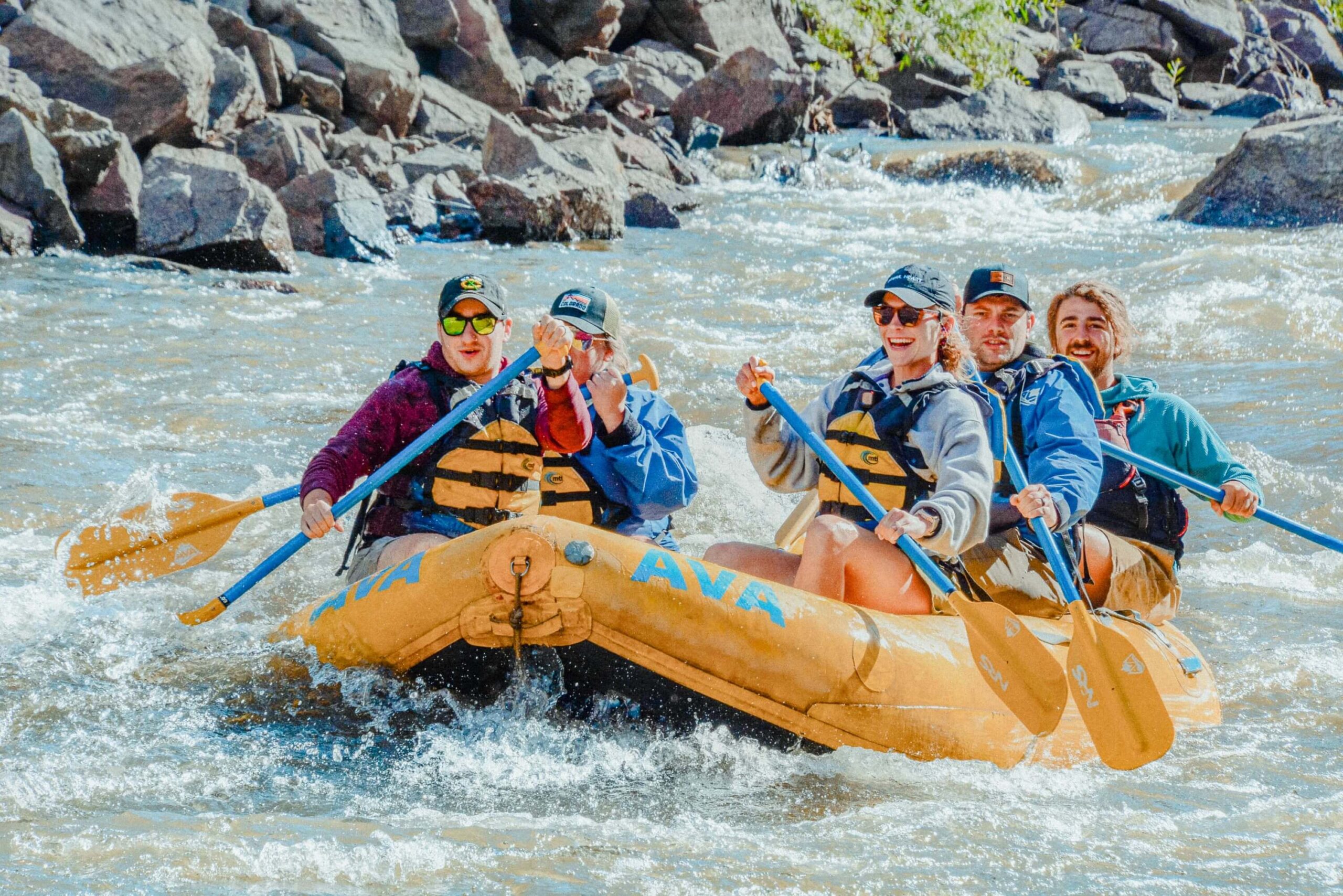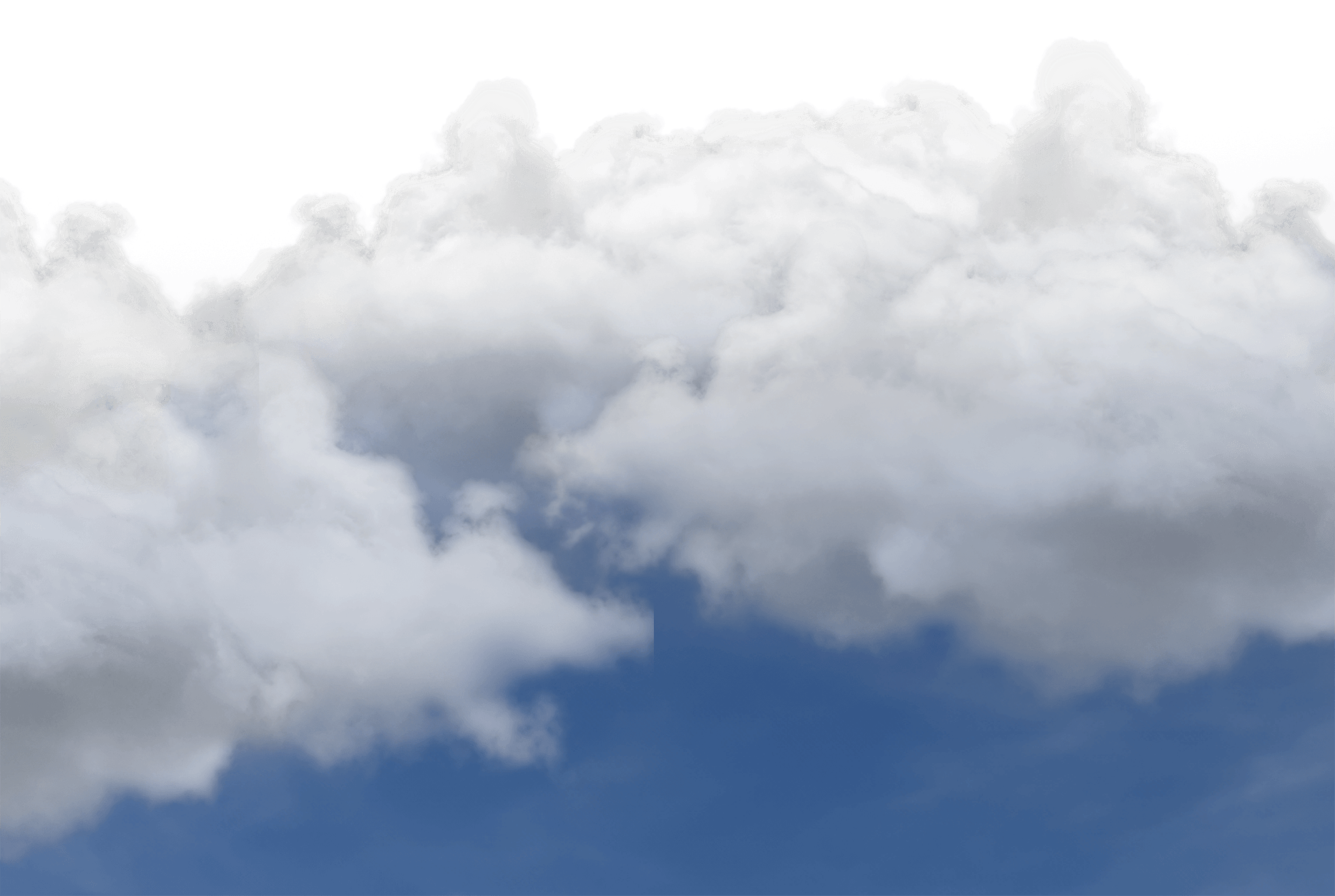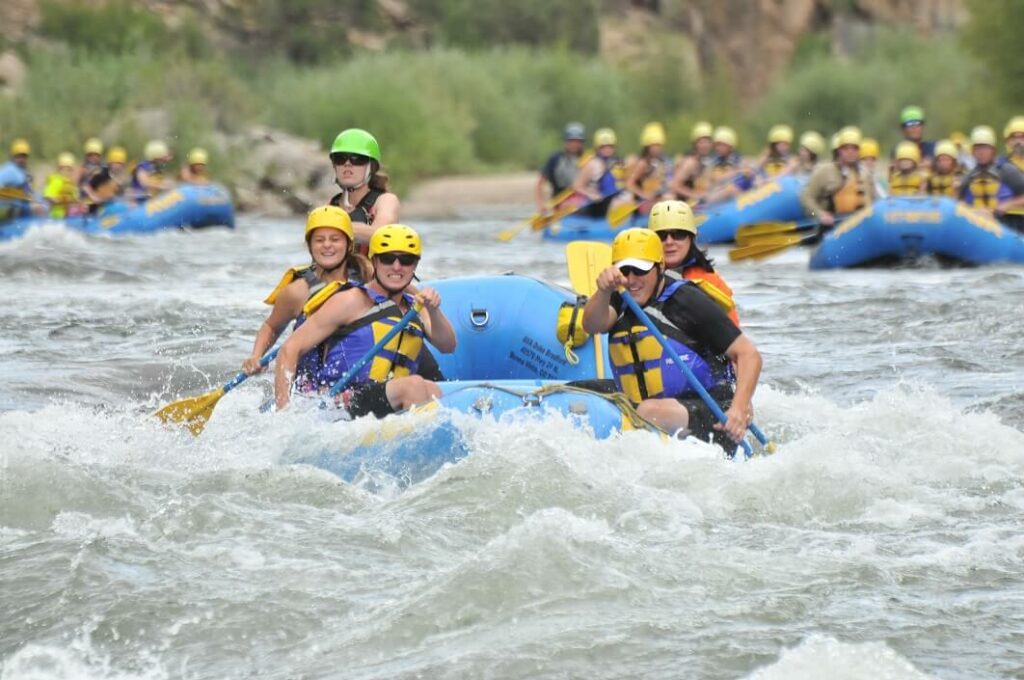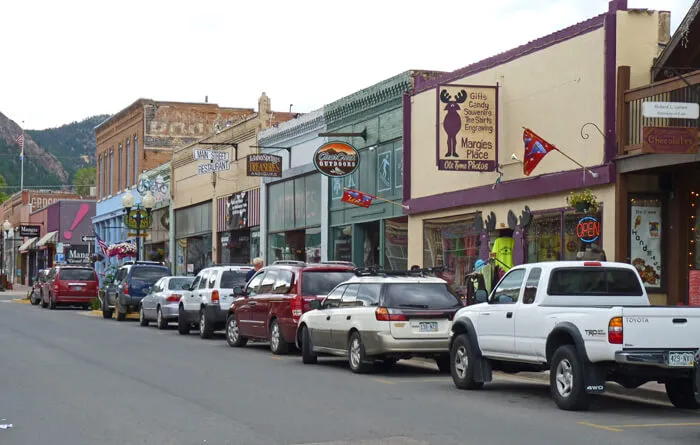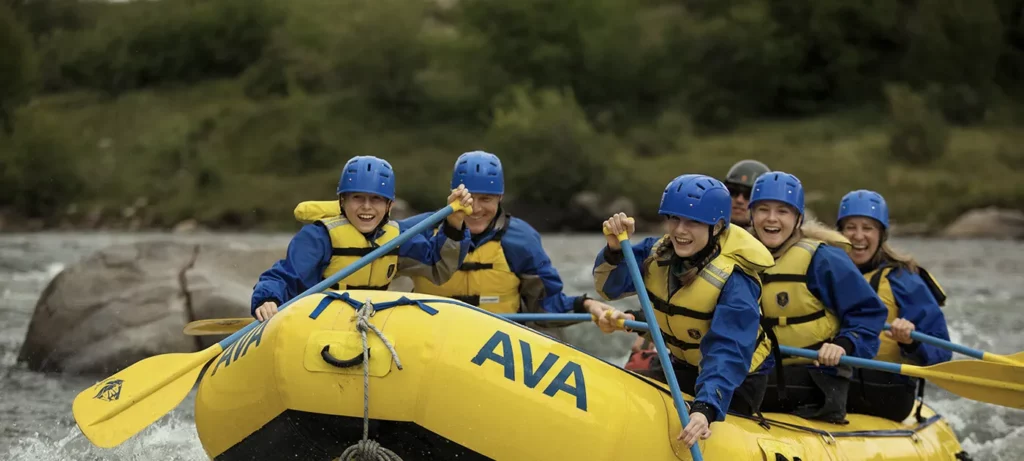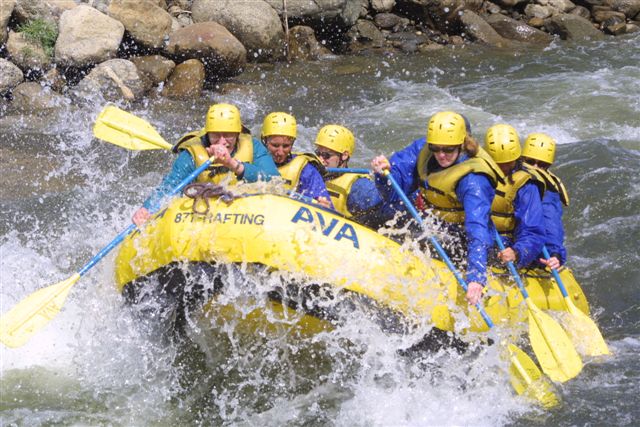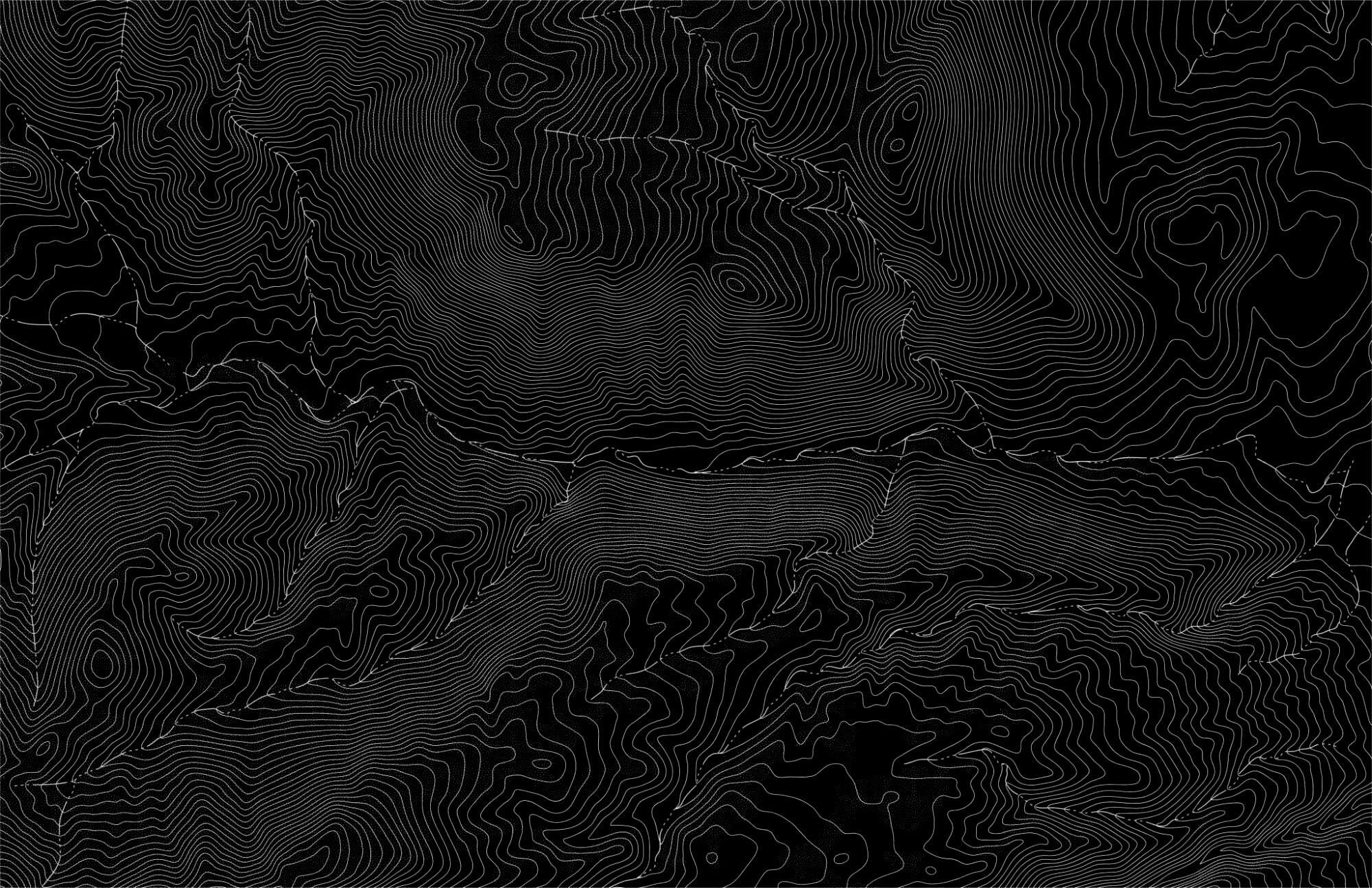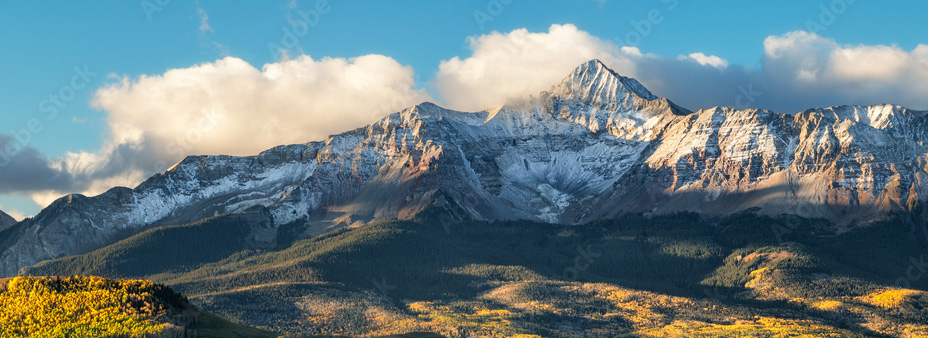The Colorado River is one of the largest and most well-known rivers in the US, but many people ask “Where is the Colorado River located? The answer may surprise you. It starts in Colorado, but it definitely doesn’t end there. Learn a bit more about the Colorado River, then join us on a scenic float or guided fly-fishing tour out of Kremmling, Colorado.
Whether you’re interested in geography, ecology, or just want to float down a scenic section of river, these facts about the Colorado River will give you a deeper appreciation of its scale and importance. Then, join us on a scenic float or guided fly-fishing tour out of Kremmling, Colorado.
Overview of the Colorado River
The Colorado River begins in the Rocky Mountains of Colorado at La Poudre Pass, more than 10,000 feet above sea level. From there, it stretches 1,450 miles through the arid Southwest, passing through seven U.S. states and into Mexico.
This vital waterway plays a crucial role in supporting agriculture, tourism, and hydroelectric power throughout the region, making it one of the most valuable natural resources in the western United States.
1. The Colorado River Is One of the Longest Rivers in the U.S. (1,450 Miles)
It may come as a surprise to some that The Colorado River is quite a lengthy river, flowing for 1450 miles. Passing through California, Utah, Arizona, Wyoming, Nevada, and Colorado, this river winds through 11 different national parks.
Where does the Colorado River start and end? The river begins at La Poudre Pass in the Rocky Mountains and descends all the way to the California Gulch in Mexico, dropping from 10,184 feet above sea level to sea level. Along the way, it supplies water to 4 million acres of farmland.
Understanding its length and reach helps highlight why this river is such a critical water source for agriculture, recreation, and municipal use in the arid Southwest.
2. The Colorado River Supports Diverse Ecosystems and Habitats
Because the Colorado River crosses so many different terrains, it supports a wide variety of ecosystems and species of wildlife. If you were to follow the river from its source to its mouth, you’d witness dramatic changes.
In Colorado, the river runs through high-altitude forests home to elk, moose, bears, and mountain lions. Farther south, mountain sheep and coyotes roam the arid landscapes, while bird species vary by region and climate.
This diversity of life along the river illustrates the environmental importance of protecting its flow, especially as habitats shift in response to climate change.
3. The Colorado River Has Supplied Water for Millennia
The Colorado River is more than just a scenic waterway. It is a lifeline for 40 million people in the western U.S. and Mexico. Its powerful flow is used for irrigation, drinking water, and hydroelectric energy.
Roughly 75% of the river’s water goes toward agriculture, helping to feed millions. With 29 dams, aqueducts, and channels, the river is intricately managed and essential to modern life in the region.
However, increasing demand and climate change have placed the Colorado River in a precarious state. In fact, it’s currently experiencing one of the driest periods on record. This matters because managing the river’s future will require cooperation between states, tribes, and countries that rely on its water.
4. The Colorado River Formed the Grand Canyon and Other Iconic Landscapes
Over millions of years, the Colorado River has carved some of the most stunning and recognizable landscapes in North America, most notably the Grand Canyon.
The river’s pace varies dramatically, shifting from calm stretches to thrilling whitewater rapids, making it a hub for outdoor adventure like Colorado River rafting and kayaking. Popular recreation spots include Fisher Towers, Westwater Canyon, Cataract Canyon, and of course, the Grand Canyon itself. In areas where the water is calmer, visitors can try out stand up paddle boarding, fishing, canoeing and pull-behind boat activities such as wake boarding and water skiing.
These formations are more than tourist destinations. They’re natural monuments to the river’s power, reminding us of the geological and cultural heritage it has shaped.
5. The Colorado River Is a Top U.S. Destination for Whitewater Rafting
From fly fishing to stand up paddle boarding, the portion of the Colorado River located in Colorado offers exciting whitewater rafting opportunities. The narrower sections of the Colorado create great white-water rafting and kayaking in areas such as Gore Canyon. In the wider, mellower portions of the upper portion of the Colorado River, scenic floats and stand-up paddle boarding are popular.
From fly fishing to paddleboarding, the Colorado River offers some of the best whitewater rafting experiences in the country, especially in its Colorado sections.
Narrow areas like Gore Canyon create ideal rapids for adrenaline junkies, while wider, gentler sections near Kremmling are perfect for scenic floats, stand-up paddle boarding, and family-friendly adventures.
These recreational opportunities support local economies and help people connect with nature, reinforcing the river’s role in both tourism and conservation.
Plan Your Trip and Explore More Facts About the Colorado River
As you can see, the Colorado River is much more than just a body of water. It’s a lifeline, an ecosystem, a playground, and a historic force of nature. From its origins in the Colorado Rockies to its vital role in the Southwest, these facts about the Colorado River reveal just how significant this natural wonder truly is.
Want to experience it for yourself? View all our trips and join us out on the water!
Frequently Asked Questions About the Colorado River
Frequently Asked Questions About the Colorado River
Q: Where does the Colorado River begin and end?
A: The Colorado River begins in the Rocky Mountains of Colorado and ends at the Gulf of California in Mexico.
Q: How many states does the Colorado River flow through?
A: The Colorado River flows through seven U.S. states, including Colorado, Utah, Arizona, and California.
Q: Why is the Colorado River important?
A: The Colorado River is crucial to the American West—it supplies water to 40 million people, supports agriculture, generates hydroelectric power, and enables recreation like rafting and fishing
